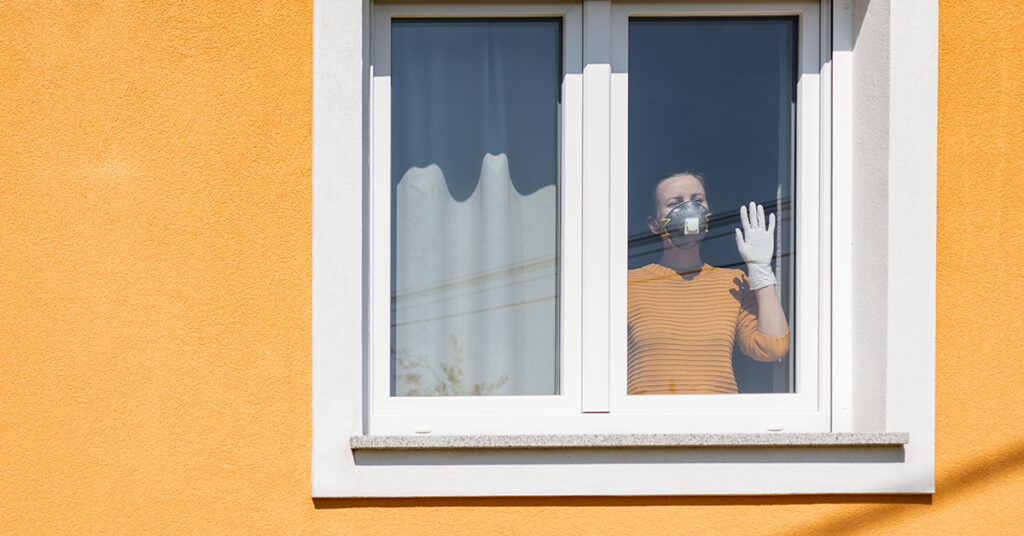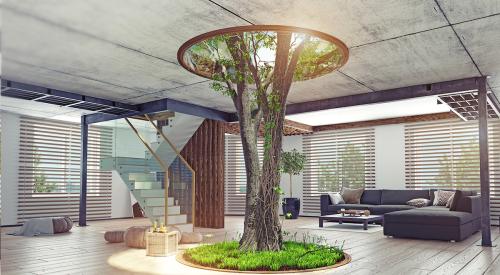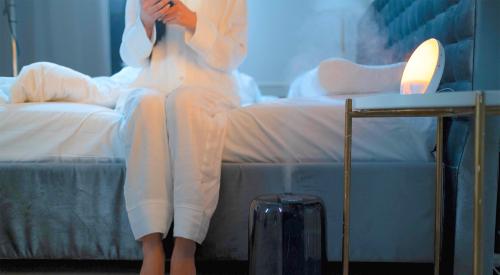Americans are spending more time indoors than ever—over 90% according to one EPA-funded study. While the comforts of the 21st century have certainly made indoor time more enjoyable, indoor air quality (IAQ) has become more important than ever, especially given the fact the indoor air can be 2-5 times more polluted than outdoor air.
Modern construction techniques have made leaky homes a thing of the past, but tightly-built, energy-efficient homes can carry their own built-in disadvantage—airborne toxins have no way to escape. As Healthy House Institute founder, John Bower, bluntly puts it, “Walking into a modern building can sometimes be compared to placing your head inside a plastic bag that is filled with toxic fumes.” Is Bower exaggerating? The EPA doesn’t think so and ranked indoor air quality the 4th biggest environmental threat in the U.S. In fact, also according to the EPA, a six room house in a single year will collect an average of 40 pounds of dust which can be laced with up to 45 toxic chemicals.
Home buyers are becoming increasingly aware of the potential hazards lurking inside their home. Consider the following:
- 69% of homeowners have expressed concern about indoor air quality, according to a recent Harvard study.
- According to an Eco Pulse survey, “making my home healthier/safer” is one of the top two reasons respondents cited for spending money on their home.
RELATED
Homebuilders are taking note of buyer willingness to pay more for healthy homes. The NAHB reports that 83% believe consumers will pay more for homes that are healthier. But increased awareness on the part of home buyers has brought increased demands. Today’s buyer understands the importance of healthy air systems and expects newly-built homes to include them as standard equipment much like heating and cooling systems and not as an upgrade like a steam shower or a metal roof.
Forward-thinking builders are well aware of this awakening and have begun positioning themselves as “healthy home builders.” Planning healthy homes starts before shovels even go in the ground. Construction planning includes sourcing low VOC paint, formaldehyde-free building materials and ventilation systems designed to meet ever-more-rigid industry standards installed performance. On a more holistic level, they’re surveying clients to determine how many people will be living in the home, if anyone has asthma or breathing issues while educating them on eco-friendly building materials and potentially toxic ones as well. Builders are making emotional connections with their clients by collaboratively planning homes that let them breathe better, sleep better and prevent illnesses.
Beyond providing a valuable service to clients, designing and constructing healthy homes serves builders in another way by protecting their business. Consumers have begun to realize that the work performed by their builder can directly affect their health. A group of California residents was awarded $1.3 million for claims against the builders and contractors whose poor workmanship allowed leaks and mold to enter their homes. The rise in social media and online reviews present an additional risk to a builder’s business. One study found that 95% of customers share bad experiences with others, and 45% take the time to leave negative online reviews.
Home builders and their customers are now aligned on the importance of a healthy home built on a foundation of good indoor air quality (IAQ), non-toxic building materials and healthy dose of sunlight. The dawn of new age of healthy home building is now upon us.















